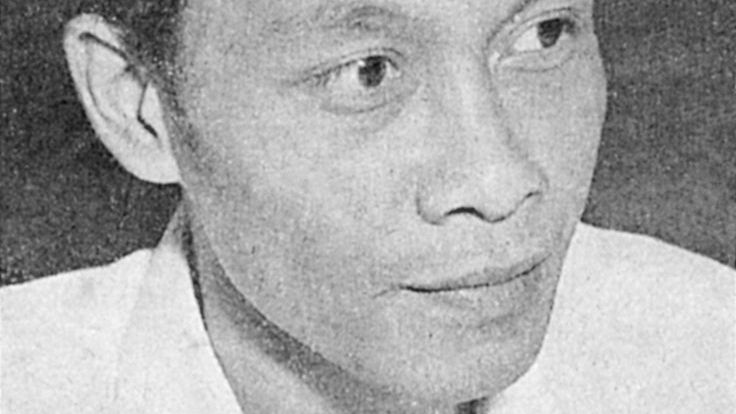Chairil Anwar: The Bright Mind Behind Contemporary Literature
- Alvie Putri Gustiningrum
- Dec 14, 2023
- 2 min read

Indonesia is home to a multitude of languages and diverse artistic expressions through words, such as the art of poetry. Often considered a window into the writer's emotions and experiences, poetry is an intimate portrayal of one's soul through words. The evolution of Indonesian poetry owes much to revolutionary minds, and among them stands Chairil Anwar, whose enduring works remain a subject of contemporary literary discourse.
Born in 1922 into an influential family in Medan, North Sumatra, Chairil Anwar's childhood was marked by tragedy. His father, Toeloes, a regent in Indragiri, Riau, met an unfortunate end during the Rengat Massacre in 1949. Despite facing challenges, Anwar received an education not readily accessible to many Indonesians, attending Hollandsch-Inlandsche School (HIS) and Meer Uitgebreid Lager Onderwijs (MULO). At the age of 18, fueled by an unwavering passion to become an artist, he embarked on a self-driven journey to master Dutch, English, and German, aiming to delve into literature in these foreign languages.
In 1942, Anwar penned his inaugural poem, "Nisan," inspired by the passing of his grandmother. Until his untimely death in 1949, at the tender age of 27, Anwar continued to channel his emotions and creativity into poetry.
Chairil Anwar's poetry carries a unique and revolutionary significance, both historically and in contemporary times. Growing up amid the tumultuous events of Indonesian history, including the Japanese occupation during World War II and the subsequent struggle for independence, Anwar's writing reflects a passionate desire for societal change. His works, initially met with criticism, are now revered and studied by many, including students, with "Aku" standing out as a testament to his individualistic and influential style.
Anwar believed that crafting a poem is not a one-time endeavor; each word on the paper must be explored thoroughly. Every word requires careful consideration, selection, deletion, and sometimes abandonment, only to be reclaimed with a new expression or sentiment. Throughout his life, Anwar produced a total of 96 artworks, with 70 of them taking the form of poems.
Anwar's most significant contribution to Indonesian contemporary literature was the initiation of Angkatan ‘45, a writers' community. Comprising notable figures such as Asrul Sani, Idrus, Siti Rukiah, and the renowned Pramoedya Ananta Toer, Angkatan ‘45 embraced key characteristics such as freedom, individuality, universality, realism, and futurism. The birth of Angkatan ‘45 marked a pivotal moment in the development of Indonesian contemporary literature, and the community continues to be iconic today.
Chairil Anwar's authentic self-expression through art resonates even decades after his passing. Recognized for his passion and contribution to the growth of Indonesian literature, Chairil Anwar is remembered as an influential figure, inspiring the annual celebration of National Poetry Day on April 28, the date of his passing—an enduring symbol of the nation's everlasting respect for this mastermind of the written art.


.png)



Comments